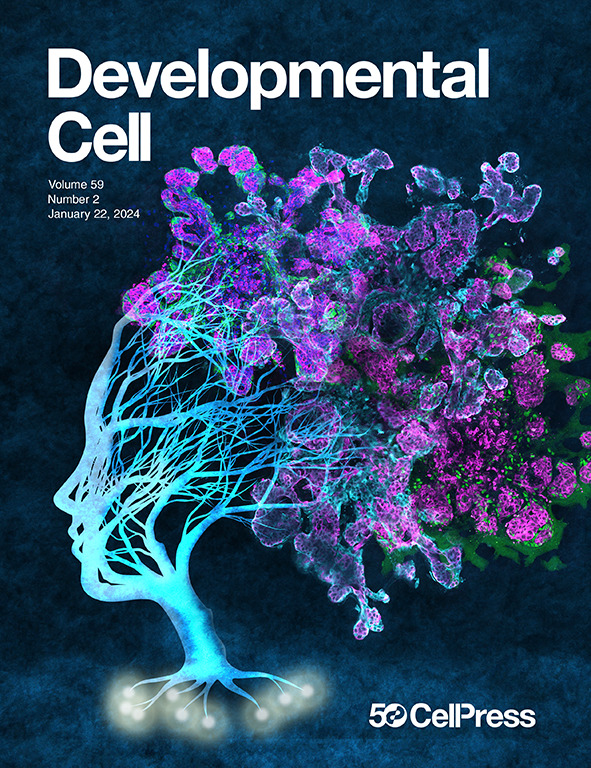细菌通过诱导甲基乙二醛积累和促进H2O2清除来抑制拟南芥的免疫反应
IF 10.7
1区 生物学
Q1 CELL BIOLOGY
引用次数: 0
摘要
通过细胞代谢自然产生的各种活性小分子在植物免疫中起作用。然而,病原体如何利用植物代谢物来促进其感染尚不清楚。在这里,我们发现一种毒性菌株感染会抑制乙二醛酶I (GLYI)活性,导致拟南芥中甲基乙二醛(MG)水平升高。GLYIs的遗传分析进一步支持MG促进细菌感染。从机制上说,MG修饰Arg-351位点的三磷酸隧道金属酶2 (TTM2),促进其与过氧化氢酶2 (CAT2)的相互作用,从而提高CAT2活性,降低过氧化氢(H2O2)积累。总之,我们证明了细菌病原体利用植物代谢物MG通过清除H2O2来促进其感染。本文章由计算机程序翻译,如有差异,请以英文原文为准。

Bacteria suppress immune responses in Arabidopsis by inducing methylglyoxal accumulation and promoting H2O2 scavenging
Various reactive small molecules, naturally produced via cellular metabolism, function in plant immunity. However, how pathogens use plant metabolites to promote their infection is poorly understood. Here, we identified that infection with a virulent bacterial strain represses glyoxalase I (GLYI) activity, leading to elevated levels of methylglyoxal (MG) in Arabidopsis. Genetic analysis of GLYIs further supports that MG promotes bacterial infection. Mechanistically, MG modifies TRIPHOSPHATE TUNNEL METALLOENZYME2 (TTM2) at Arg-351, facilitating its interaction with CATALASE2 (CAT2), resulting in higher CAT2 activity and lower hydrogen peroxide (H2O2) accumulation. Taken together, we demonstrate that the bacterial pathogen harnesses the plant metabolite MG to promote its infection by scavenging H2O2.
求助全文
通过发布文献求助,成功后即可免费获取论文全文。
去求助
来源期刊

Developmental cell
生物-发育生物学
CiteScore
18.90
自引率
1.70%
发文量
203
审稿时长
3-6 weeks
期刊介绍:
Developmental Cell, established in 2001, is a comprehensive journal that explores a wide range of topics in cell and developmental biology. Our publication encompasses work across various disciplines within biology, with a particular emphasis on investigating the intersections between cell biology, developmental biology, and other related fields. Our primary objective is to present research conducted through a cell biological perspective, addressing the essential mechanisms governing cell function, cellular interactions, and responses to the environment. Moreover, we focus on understanding the collective behavior of cells, culminating in the formation of tissues, organs, and whole organisms, while also investigating the consequences of any malfunctions in these intricate processes.
 求助内容:
求助内容: 应助结果提醒方式:
应助结果提醒方式:


